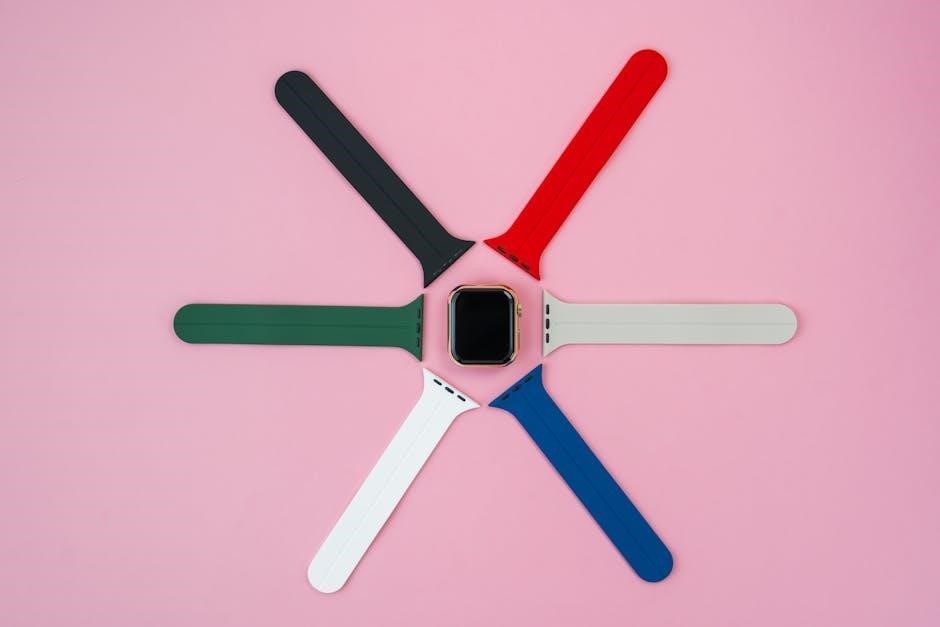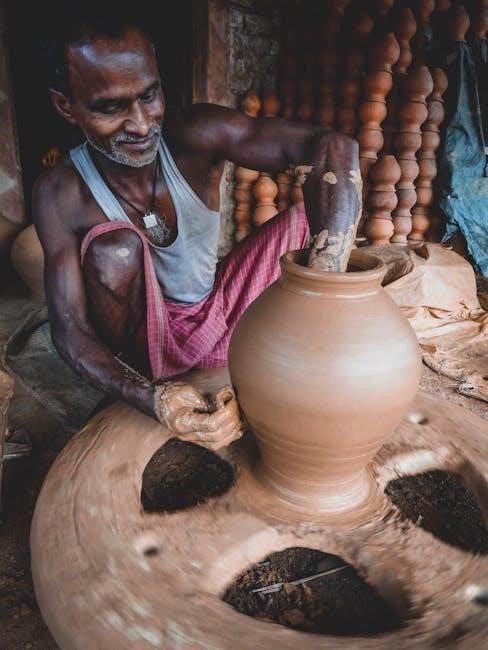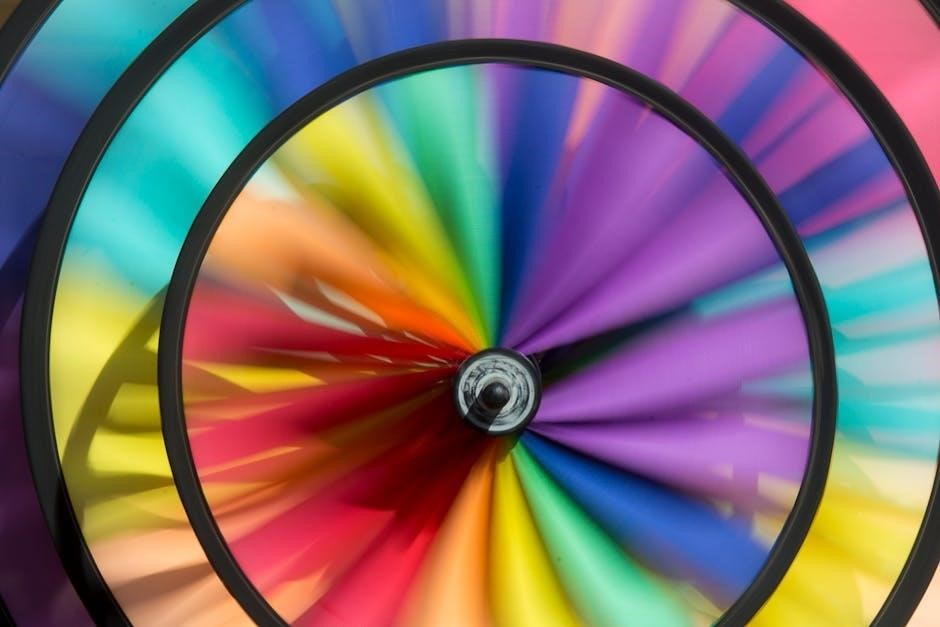What is a Colour Wheel?
The colour wheel is a visual tool. It represents colours arranged by chromatic relationship. It typically displays primary, secondary, and tertiary colours. This arrangement highlights harmony and contrast. Sir Isaac Newton developed the first circular diagram. It is a circular diagram to display colours.

History of the Colour Wheel
Sir Isaac Newton created the first circular diagram of colours. This diagram showed the chromatic relationship between colours. The colour wheel visually represents these relationships. It arranges colours in a specific order. This order typically begins with primary colours. It then moves to secondary and tertiary colours in a circle.
Sir Isaac Newton’s Contribution
Sir Isaac Newton’s contribution to the colour wheel is foundational. He developed the first circular diagram of colours. His exploration began with his prism experiments. He discovered that white light could be split. It separated into a spectrum of colours. This spectrum included red, orange, yellow, green, blue, indigo, and violet. Newton arranged these colours in a circle.
His arrangement wasn’t arbitrary. It was based on observed relationships. He noted how colours blended into each other. This led to the creation of a continuous loop. This loop visually represented colour relationships. Newton’s colour wheel wasn’t just an artistic endeavor. It was a scientific observation. It helped explain the nature of light and colour.
Newton’s work laid the groundwork for colour theory. This theory is still used today. Artists, designers, and scientists use it. His wheel is a basic tool. It helps understand colour harmony. It also helps understand colour mixing. It is a testament to the power of observation.
Primary Colours on the Colour Wheel
Primary colours are the foundation of the colour wheel. They are the base from which all other colours are derived. These colours cannot be created by mixing other colours together. The primary colours are red, blue, and yellow. These three colours hold a unique position. They are at the core of colour theory. They are essential for creating a full spectrum of colours.
On the colour wheel, primary colours are equidistant from each other. This arrangement highlights their individual importance. It also shows their role in creating other colours. By mixing primary colours, we obtain secondary colours. These colours include green, orange, and violet. These colours are important for creating colour palettes.
Understanding primary colours is crucial for artists. It is also important for designers. It helps in creating balanced and harmonious colour schemes. These colours are the building blocks of visual expression. They are essential in art and design.

Secondary Colours on the Colour Wheel
Secondary colours are created by mixing two primary colours. They occupy an important space on the colour wheel. They bridge the gap between the primary hues. These colours offer a wider range of options for artists. They also help for designers in colour schemes.
The three secondary colours are green, orange, and violet. Green is the result of mixing blue and yellow. Orange is created by combining red and yellow. Violet, often referred to as purple, is made by mixing red and blue. These colours sit between the primary colours on the wheel. They display a visual relationship.
The precise shade of a secondary colour depends on the ratio of the primary colours used. Equal parts of two primary colours will create a pure secondary colour. Varying the ratio can produce different tones and shades. This manipulation opens a realm of possibilities for artists. It also opens possibilities for designers to achieve specific visual effects.
Tertiary Colours on the Colour Wheel
Tertiary colours, also known as intermediate colours, reside between primary and secondary colours on the wheel. They are created by mixing a primary colour with a neighboring secondary colour. This mixing results in a more nuanced and complex range of hues. Tertiary colours expand the colour palette. They also offer greater control over colour mixing and harmony.
Common tertiary colours include red-violet, red-orange, yellow-orange, yellow-green, blue-green, and blue-violet. These names clearly indicate the primary and secondary colours. For example, red-violet is a mix of red and violet. The proportion of each colour influences the final hue, allowing for subtle variations. These variations add depth and richness to designs.
Tertiary colours play a vital role in creating sophisticated colour schemes. They offer a bridge between contrasting hues. This creates smoother transitions and greater visual interest. Understanding tertiary colours empowers artists. It allows them to achieve more realistic and harmonious colour combinations in their work.
Colour Wheel and Colour Schemes
The colour wheel helps to create colour schemes. Colour schemes are based on colour relationships. It consists of a circular diagram displaying colours. This arrangement highlights harmony and contrast. Common schemes include complementary and analogous. These schemes provide visual appeal.
Complementary Colours
Complementary colours are pairs that sit opposite each other on the colour wheel. These pairings create a strong contrast. Red and green, blue and orange, and yellow and purple are classic examples. Using complementary colours can make elements stand out. This offers a vibrant and dynamic visual experience.
In design, complementary colours can be used to balance each other out. One colour often serves as the dominant hue. The other acts as an accent. This helps to avoid overwhelming the viewer. It also ensures a harmonious composition. The high contrast can draw attention to specific areas. They are perfect for creating visual interest.
When selecting complementary colours, consider their tints, tones, and shades. This adds nuance and depth to your design. A muted tone of one colour. Paired with a brighter shade of its complement. This creates a more sophisticated and balanced look. Experiment to find the perfect balance for your project.
Complementary colours are visually appealing. They are a tool for interior design. They can enhance art projects. They are also useful in various creative endeavors.
Analogous Colours
Analogous colours are groups of three colours. They are next to each other on the colour wheel. These colours share a common hue. This creates a harmonious and pleasing effect. Examples include blue, blue-green, and green. Also, red, red-orange, and orange are analogous. These combinations offer a serene and cohesive visual experience.
In design, analogous colour schemes are often used to create a sense of unity. One colour usually dominates. The others support it. This prevents the design from feeling monotonous. Analogous colours work well for backgrounds. They also work for creating subtle gradients. They are ideal when a calm and balanced aesthetic is desired.
When working with analogous colours, consider varying their saturation and brightness. This adds depth and interest to your design. A slightly darker shade of one colour can provide contrast. While a lighter tint of another can create highlights. This helps to achieve a more dynamic and visually appealing composition.
Analogous colours are a versatile choice. They are effective for interior design. They are also effective for graphic design. They provide a simple way to create beautiful colour schemes.

Using a Colour Wheel PDF for Interior Design
A colour wheel PDF is an invaluable tool. It helps in interior design projects. It simplifies the process of selecting harmonious colour schemes. Interior designers use the colour wheel to understand relationships. They understand relationships between colours; This ensures balanced and aesthetically pleasing spaces. The PDF format allows for easy access and reference. It can be printed or stored digitally.
Designers can use a colour wheel PDF to identify primary, secondary, and tertiary colours. Understanding these foundational colours is crucial. It is important for creating various colour palettes. Complementary colour schemes. Analogous colour schemes can be easily visualized. This helps in selecting paint colours. Also, it helps in choosing furniture and accessories.
The colour wheel PDF also assists in understanding colour psychology. Different colours evoke different emotions. This knowledge is essential. It helps create the desired atmosphere in a room. For example, blues and greens create a calming effect. Reds and yellows evoke energy and excitement.
By using a colour wheel PDF, interior designers can confidently choose colours. It will enhance the beauty. It will enhance the functionality of any space. It simplifies the colour selection process.

Downloading and Printing Colour Wheel PDF Templates
Accessing colour wheel information has become incredibly convenient. You can easily download and print colour wheel PDF templates. Numerous websites offer these templates for free. These templates are available in various formats. You can find filled colour wheels. You can also find blank colour wheels. These templates cater to different needs.
Downloading a colour wheel PDF template is straightforward. Simply search online for “colour wheel PDF”. Select a template that suits your requirements. Ensure the website is reputable before downloading. Once downloaded, you can save the PDF to your computer. You can access it whenever needed. Printing the template is equally simple. Open the PDF file. Select the print option. Adjust the settings as needed. Print the colour wheel on quality paper. This ensures accurate colour representation.
These printable colour wheels are valuable resources. They are useful for artists, designers, and students. They provide a quick reference guide. It is a guide to colour relationships. Blank colour wheel templates allow users to practice. They can practice colour mixing. They can also practice colour theory concepts. Whether for professional or educational purposes, downloading and printing colour wheel PDF templates offers a practical and accessible way to explore the world of colour.

